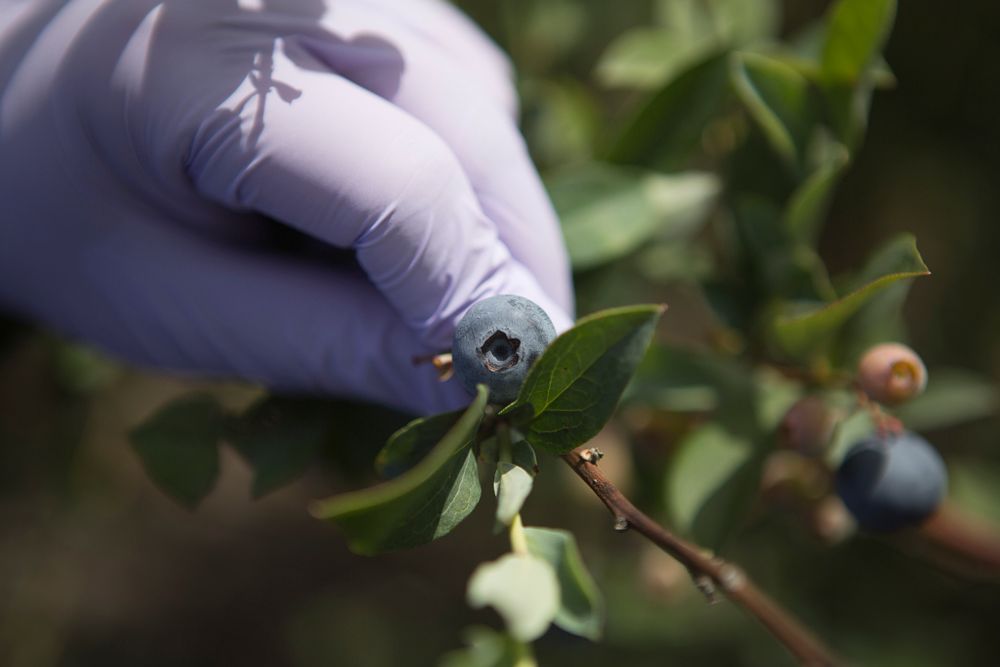Winter is the best time to plant pecan trees. The trees are dormant in winter and have time to adjust before leafing out in the spring.
It's hard to control many diseases and insects on pecan trees without using costly chemicals (pesticides) and an air-blast sprayer. But home pecan trees and low-input farms can be productive if you choose the right cultivar (variety).
Pecan scab is the hardest disease to control. And it's prevalent throughout Georgia. Still, by choosing a cultivar that's resistant or tolerant to scab, many people can enjoy productive pecan trees.
Small nut size is important, too, if you're not going to irrigate. During a drought, it's much easier for the tree to fill a small nut than a large one.
Some pecan trees shed pollen early, while others are late. Some form nuts early and others late. Because of this, it's best for trees to be close to other pecan trees or have more than one cultivar nearby. The more cultivars in the planting, the better the chance for cross-pollination.
But don't crowd them. Plant pecan trees at least 40 feet apart.
The following table rates the recommended home-garden cultivars for their resistance to pecan scab. It rates them for black aphid resistance, too. It also provides their nut size and the kernel's, or nutmeat's, percentage of the total weight.






